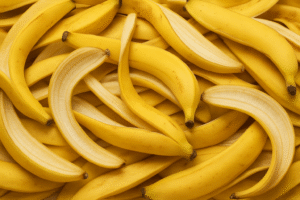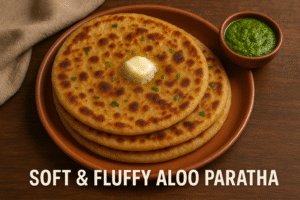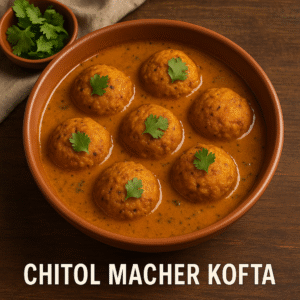Goose grass, or cleavers, is easily identified by its sticky, velcro-like stems and narrow, pointed leaves arranged in whorls. It produces tiny, star-shaped flowers and burr-like seeds, commonly found in damp, shady areas like gardens and fields.
Introduction
Hello everyone ! Welcome to SasVibe. Goose grass, also known as cleavers (Galium aparine), is a common wild herb found in many regions. It’s often used for its medicinal benefits, but first, you need to know how to identify it. Here are some key characteristics to help you spot goose grass in the wild.
1. Stem and Growth Pattern
Goose grass has a distinctive sprawling or climbing growth pattern. Its stems are long, slender, and square-shaped, with tiny hooked hairs that allow the plant to cling to nearby plants or surfaces. These sticky hairs give it a velcro-like texture, making it easy to pull up and stick to your clothing or skin.
2. Leaves
The leaves of goose grass grow in whorls around the stem, usually in groups of six to eight. The leaves are narrow, pointed, and have a rough texture, with small hairs that mirror the stickiness of the stem. The leaves can grow up to two inches long and form circular clusters at intervals along the stem.
3. Flowers
Goose grass produces tiny, white to greenish-white flowers that bloom in clusters. These flowers are small and star-shaped, appearing in late spring to early summer. While not the most striking feature, they are a good indicator when identifying the plant.
4. Fruit
After flowering, goose grass develops small, round, green fruit that is also covered in hooked hairs. These fruit clusters will stick to anything they touch, much like the rest of the plant. These burr-like seeds are a notable feature that helps in identifying goose grass.
5. Habitat
Goose grass is commonly found in hedgerows, gardens, fields, and disturbed soils. It thrives in damp, shady areas and can often be seen climbing over other plants or growing along fences and walls.
6. Touch and Feel
One of the easiest ways to identify goose grass is by its sticky, velcro-like feel. When you touch it, the hooked hairs will cling to your skin or clothing, making it easy to distinguish from other plants.
Conclusion
Goose grass can be easily identified by its long, sticky stems, whorled leaves, and small star-shaped flowers. Its characteristic “clingy” nature and ability to stick to surfaces make it easy to spot. Now that you know how to recognize it, you can confidently identify goose grass in the wild!



